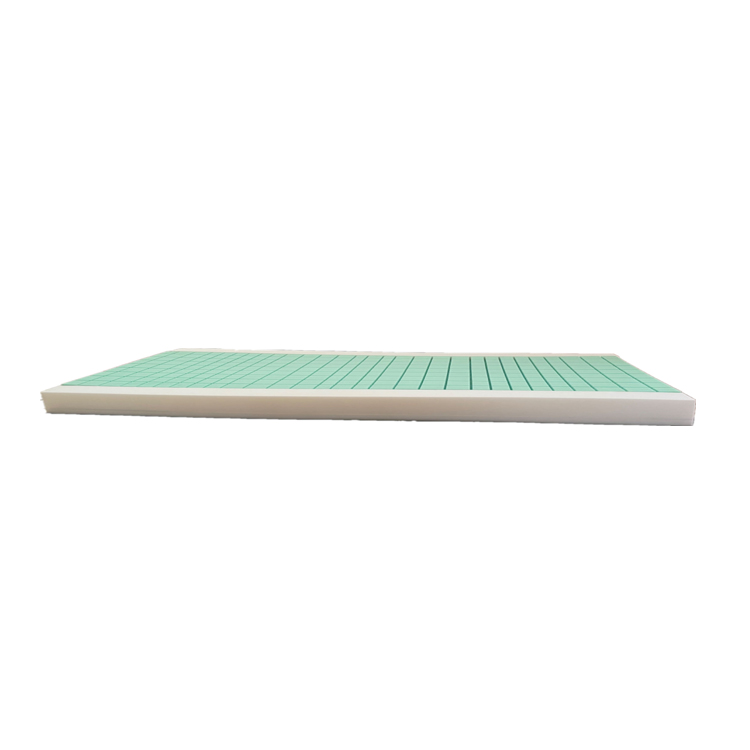mattress for bedsore prevention service
The Importance of Mattresses for Bedsore Prevention
Introduction
Bedsores, also known as pressure ulcers, are a significant concern in medical care, particularly for individuals with limited mobility. These painful skin injuries can develop when prolonged pressure is applied to the skin, usually over bony areas. Consequently, the choice of mattress is critical in preventing bedsores, especially for patients who are bedridden or have certain medical conditions. This article explores the importance of specialized mattresses in bedsore prevention and outlines the various types available, their functions, and best practices for use.
Understanding Bedsores
Bedsores occur when blood flow to a specific area of the skin is restricted, leading to tissue damage and skin breakdown. Individuals at higher risk include those with mobility limitations, such as elderly patients, individuals with spinal cord injuries, or those recovering from surgeries. Prevention strategies are crucial, and one of the most effective measures is the use of appropriate mattresses.
Types of Mattresses for Bedsore Prevention
1. Foam Mattresses These are commonly used in hospitals and care facilities. High-density foam mattresses provide consistent support by distributing body weight evenly, thus alleviating pressure points. Some mattresses incorporate specialized foam that conforms to the body shape for enhanced comfort and pressure relief.
2. Air Mattresses These mattresses use air cells that can be inflated or deflated to create varying levels of support. Alternating pressure air mattresses are particularly effective as they periodically change the pressure in different areas, mimicking natural body movements and preventing prolonged pressure on any one spot.
3. Gel Mattresses These combine foam with gel layers to enhance comfort. Gel mattresses help in pressure relief and temperature regulation, which is beneficial for patients who are sensitive to heat, as excessive warmth can lead to skin breakdown.
4. Hybrid Mattresses These offer a combination of materials such as foam, gel, and air to optimize support and comfort. They are designed to cater to the varying needs of patients, ensuring maximum pressure relief and overall wellbeing.
mattress for bedsore prevention service

The Role of Mattress Selection in Care
Choosing the right mattress is nothing short of vital in pressure sore prevention. Healthcare professionals should assess the patient's condition, mobility levels, and specific needs to determine the most appropriate mattress type. Factors considerations include the level of support required, the patient's weight, and any existing health conditions that may affect skin integrity.
Best Practices for Mattress Use
While selecting the right mattress is essential, its efficacy can be maximized through proper usage. Here are several best practices
1. Regular Position Changes Regardless of the type of mattress, patients should be repositioned at regular intervals to prevent pressure buildup on specific areas of the body. A schedule of every two hours is often recommended for those at high risk.
2. Skin Care Routine Maintaining skin integrity is crucial in preventing bedsores. Regular cleansing, moisturizing, and skin assessments can help identify potential issues before they develop into serious injuries.
3. Use of Protective Products In addition to specialized mattresses, the use of cushions, pads, and other therapeutic devices can further enhance pressure relief and protection for vulnerable areas.
4. Patient Education Educating both patients and caregivers about the importance of pressure relief measures and proper mattress use can significantly contribute to bedsore prevention.
Conclusion
In conclusion, the prevention of bedsores is critical to patient care, particularly for those with limited mobility. Specialized mattresses play a pivotal role in mitigating the risk of pressure ulcers by offering adequate support and pressure relief. By understanding the various types of mattresses available and implementing best practices, caregivers can significantly improve patient outcomes and enhance the quality of life for bedridden individuals. Investing in the right mattress is not just a matter of comfort; it is a crucial component of comprehensive healthcare and patient safety.
-
The Effect of Coconut Foam Mattress Breathability and Humidity Regulation on Improving Sleep QualityNewsJul.03,2025
-
How Wave Mattress Systems Improve Blood Circulation During ImmobilityNewsJul.03,2025
-
The Climate-Adaptive Sleep Revolution: Exploring the Benefits of Cooling Gel Memory Foam MattressesNewsJul.03,2025
-
Exploration of the Role of Coconut Foam Mattress in Preventing Bedsores in the ElderlyNewsJul.03,2025
-
Comparing Wave Mattress and Air Mattress: Which Is Better for Medical Use?NewsJul.03,2025
-
Analysis of Comfort and Environmental Performance of Natural Latex and Coconut Foam MattressNewsJul.03,2025
-
Multi-Layer Construction for Enhanced Performance in Gel Mattress PadNewsJun.24,2025

